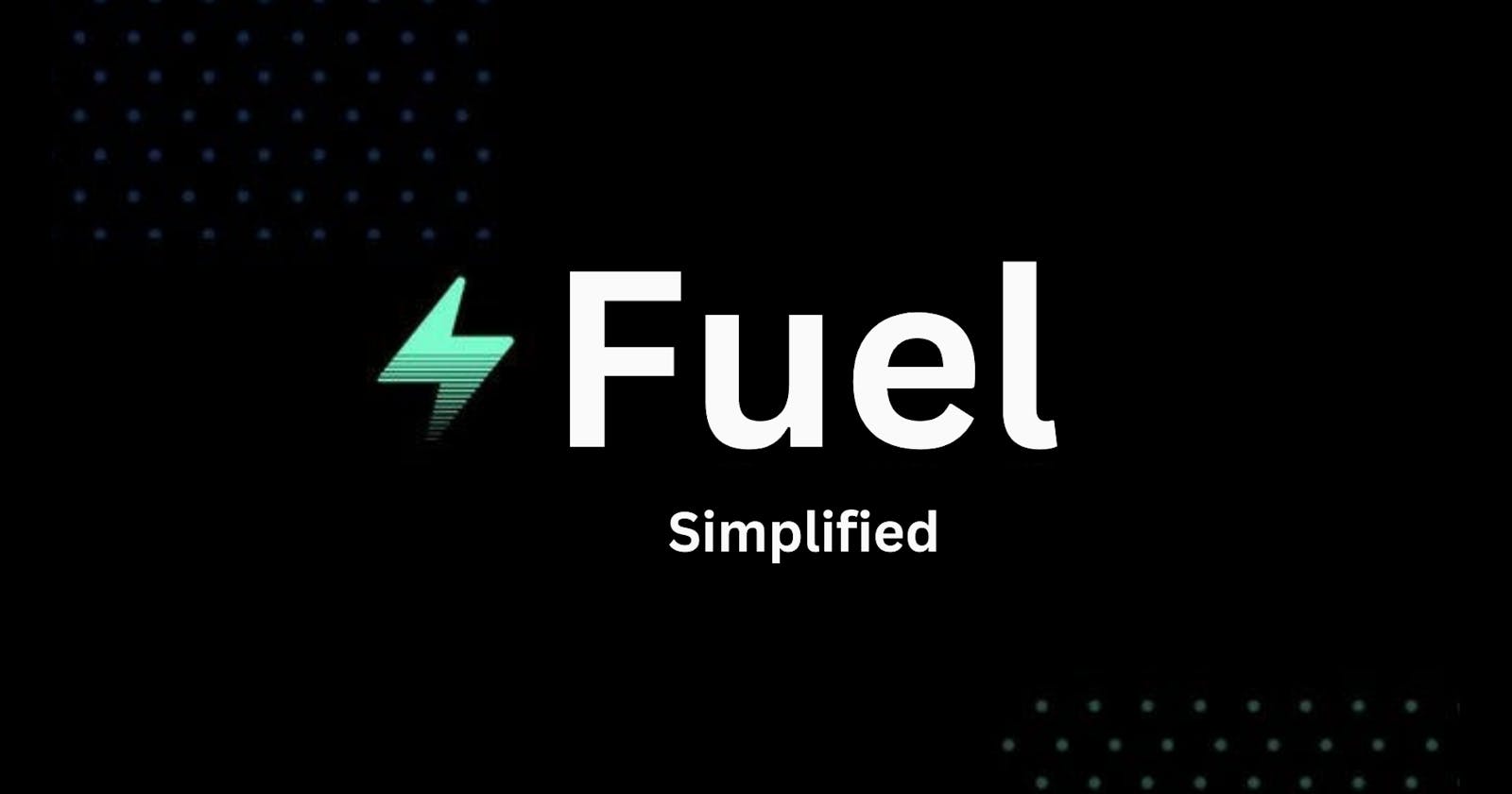Modular execution has become quite popular in recent times because of the ability to keep the gas price low at the time of traffic in which L2s are struggling. Many people believe if we want the mass adoption of blockchain then we have to make a dramatic change in the reduction of waste and inefficiency and open new use cases that have never seen before.
There is a major shift happening in the L1s blockchain, We are moving away from the monolithic designs, where data availability, consensus, and execution are tightly interconnected to more modular solutions.
Imagine a 5-membered family has just shifted to a new house, After a few years the family has grown to 12 members, and now they are planning to build more rooms but they suddenly start noticing that there is no way they can add the floors because the builder hasn't made the foundation strong. This is what exactly happens with the apps that are built on the monolithic architecture.
A monolithic architecture means that all the components and features of an application are tightly interconnected and packaged together as a single unit. The entire application is built and deployed as a single piece, usually running on a single server or computing environment.
This makes the app difficult to scale, hard to add new technologies, easy to have a single point of failure and very less flexibility.
Fuel v1 was initiated as a layer-2 (L2) solution for monolithic Ethereum. It was the first optimistic rollup on Ethereum, deployed at the end of 2020. Today, Fuel is the fastest modular execution layer delivering the highest security and flexible throughput i.e. more control over the number of transactions that can be pass through the system, with a focus on a superior developer experience.
What is a Modular Execution Layer?
"Data availability," "Consensus," "Settlement," and "Execution" are some fundamental concepts that are related to the functioning of the Ethereum network. In order to understand fuel, It is necessary to understand these concepts.
Data availability in Ethereum means to ensure that all participants in the network can access and retrieve the relevant data regarding transactions and smart contracts.
Consensus in Ethereum means, that all the nodes in the decentralized network achieve agreement on transaction validity and order on the blockchain's state.
Once a transaction is included in a block and appended to the blockchain, it is considered settled and comes under the concept of settlement.
Execution means operational steps of executing smart contracts and transactions on the Ethereum Virtual Machine (EVM). After the contract is activated, the EVM carries out the necessary bytecode instructions, resulting in updates to the contract's state and the blockchain.
Currently Ethereum processes transactions sequentially i.e. one after another. Fuel supports parallel transaction execution through strict (i.e. mandatory) access lists. Each transaction must specify which contracts the transaction may interact with. If a transaction attempts to access a contract not in this list then execution will revert. Access lists are implemented with UTXOs i.e. Unspent Transaction Output.
What is a UTXO model?
Let's say you have 3 coins in your wallet: one worth 2 BTC, the second worth 1 BTC, and the third worth 0.5 BTC. These are your unspent transaction outputs (UTXOs).
Now, if you want to send 1.5 BTC to a friend, you can use the 2 BTC coin as input to the transaction. This means you're spending that coin. As a result, you create two new coins: one worth 1.5 BTC for your friend, and another worth 0.5 BTC that goes back to you as change.
So, in the UTXO model, transactions are like puzzles where you take pieces (UTXOs) from your wallet and put them together to create new pieces for others. The blockchain keeps track of these UTXOs to make sure they haven't been spent before.
This model helps with security and privacy since it doesn't link specific individuals to addresses. It also allows for faster and parallel processing of transactions.
What is Fraud Proof?
There is a famous saying in the judiciary system, "Not Guilty Until Proven", the same formula applies here, Fraud proofs are the verification mechanism in which a new block is accepted until the proof of "the invalid claim" is provided within a certain period. This allows trust-minimized light clients(off-chain clients who are validating the chain without running the full node) to be secure under the assumption only a single honest full node is available in the network to produce fraud proofs.
UTXO fraud proofs simply require each spend of a UTXO to "point" to the creation of the UTXO. Only proving the pointer invalid, or "whatever is being pointed to" doesn't match "whatever is being spent", are sufficient for providing fraud.
And that's it...
Conclusion
In short, Fuel is working very hard on scaling Ethereum without sacrificing decentralization and also trying to reduce wasteful processing that is getting used in traditional blockchain virtual machines. Parallel transaction Execution is not the only feature that is provided by the Fuel Network. They have other features like FuelVM, FuelToolchain and many more which I will discuss in another blog
Hope you have a good time reading this. Don't forget to like this and share it with your friends who are getting started with Fuel. Also do give feedback here or in my Twitter DMs.
